
Good News: Successful Trial of Method That Destroys 99% of Cancer Cells
In a world where cancer continues to claim millions of lives each year, any breakthrough in treatment or diagnosis offers a beacon of hope. Recently, scientists have announced groundbreaking news that is sending ripples of excitement through the global medical community: a new experimental method has proven capable of destroying up to 99% of cancer cells in laboratory trials. This achievement marks a significant leap forward in the ongoing fight against one of humanity’s deadliest diseases.
The research, conducted by a team of oncologists and molecular biologists from a leading international research institute, involved a novel technique that combines advanced nanotechnology with targeted therapy. The method uses engineered nanoparticles to deliver a highly specific compound directly into cancer cells, effectively targeting and destroying them from within, while leaving surrounding healthy cells unharmed.
Initial tests, performed on aggressive forms of cancer such as pancreatic, breast, and lung cancer, showed astonishing results. In controlled lab environments, the compound was able to eliminate nearly 99% of malignant cells within 48 hours. Unlike traditional chemotherapy, which can harm both cancerous and healthy tissue, this new approach drastically reduces side effects and may offer a more humane, efficient, and personalized cancer treatment.
Dr. Amelia Chen, the lead researcher on the project, shared in a press conference:
"This could be the turning point we’ve been waiting for. Our findings suggest that we’re not only looking at a treatment option with higher effectiveness, but one that also respects the patient’s overall well-being. If future clinical trials prove successful, this could transform the way we approach cancer care."
The success of the trial has garnered attention from international health organizations, pharmaceutical companies, and cancer foundations. Plans for phase I human clinical trials are already in motion, with trials expected to begin within the next 12 to 18 months. The research team remains cautiously optimistic, emphasizing the need for thorough testing to ensure the treatment’s safety and efficacy in real-world scenarios.
The implications of this discovery are immense. For decades, cancer patients have relied on invasive surgeries, harsh chemotherapy, and radiation—often with debilitating side effects and uncertain outcomes. The possibility of a less toxic, more targeted treatment could revolutionize cancer therapy, offering renewed hope to millions of patients and their families.
Moreover, the method’s success represents more than just a medical milestone; it is a testament to the power of scientific collaboration and innovation. It also reinforces the importance of continued investment in medical research, as today’s experiments may become tomorrow’s life-saving solutions.
While we are still in the early stages of development, the fact that researchers have managed to destroy 99% of cancer cells under laboratory conditions is undeniably encouraging. The coming years will be crucial, as clinical trials expand and more data becomes available. Still, for now, this discovery is being celebrated as a monumental stride in the fight against cancer.
In conclusion, the successful trial of this cancer-targeting method brings a new wave of optimism and a stronger sense of possibility. While the journey from laboratory to hospital may still be long, the road ahead now seems more promising than ever. With determination, funding, and global cooperation, this breakthrough could mark the beginning of the end for one of the most formidable diseases known to mankind.
News in the same category

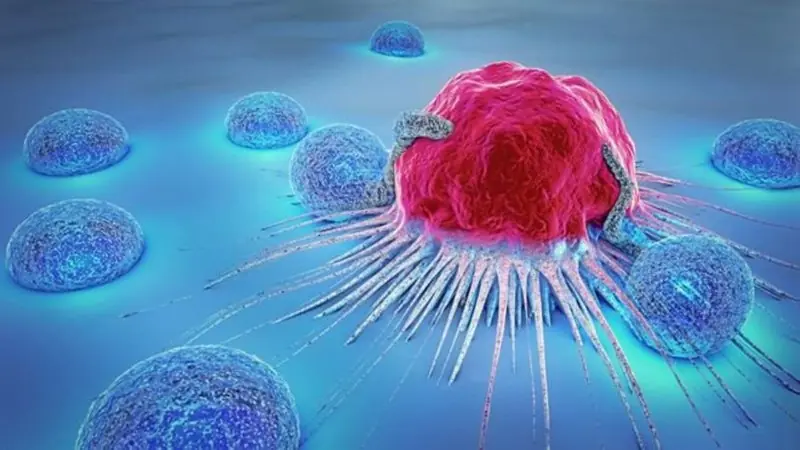
5-Year-Old Girl Diagnosed With Terminal Cancer: A Wake-Up Call for All Parents
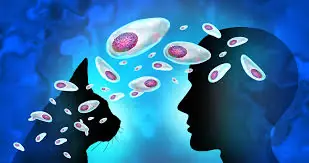
Terrifying Study: Up to 30% of Americans Could Be Infected with Brain-Impacting Parasite
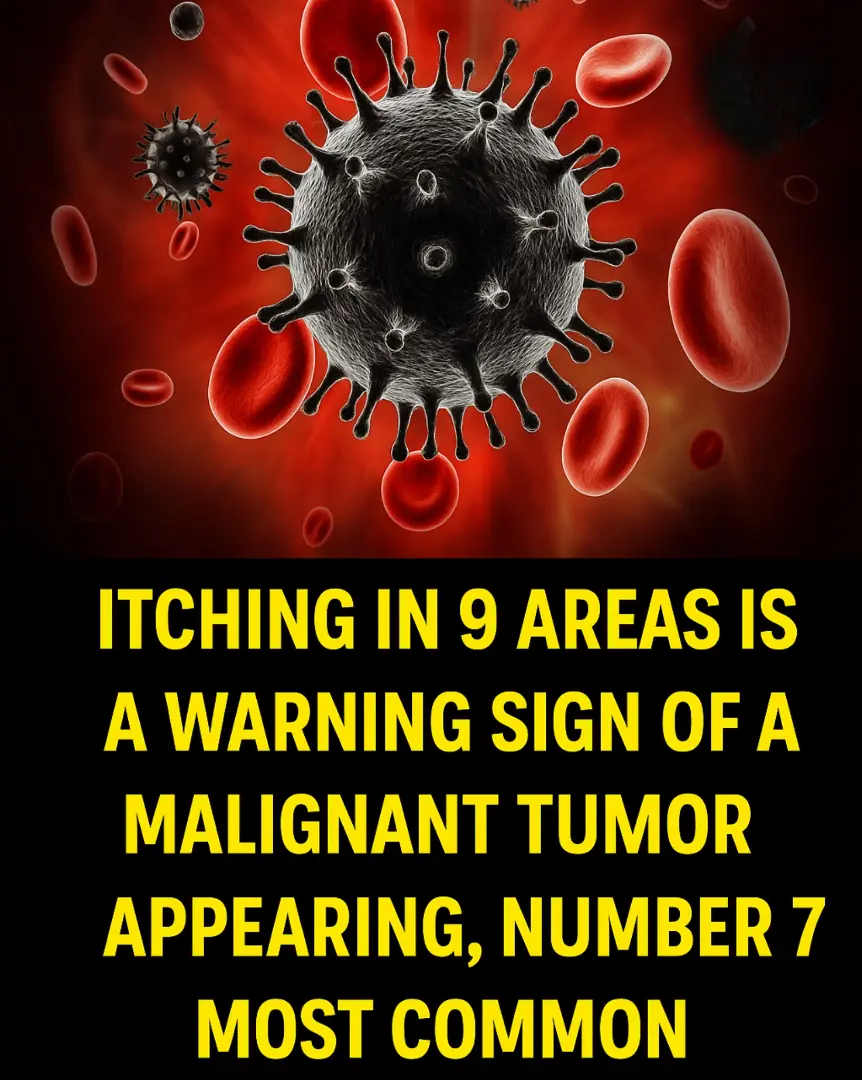
Itching in 9 Areas: A Warning Sign of Malignant Tumors, Number 7 Is the Most Common

Doctor's "Deeply Concerning" Warning After Man Injects Sperm to 'Cure Back Pain'

Non-Smoker Diagnosed with Lung Cancer Shares His Only 'Silent' Symptom
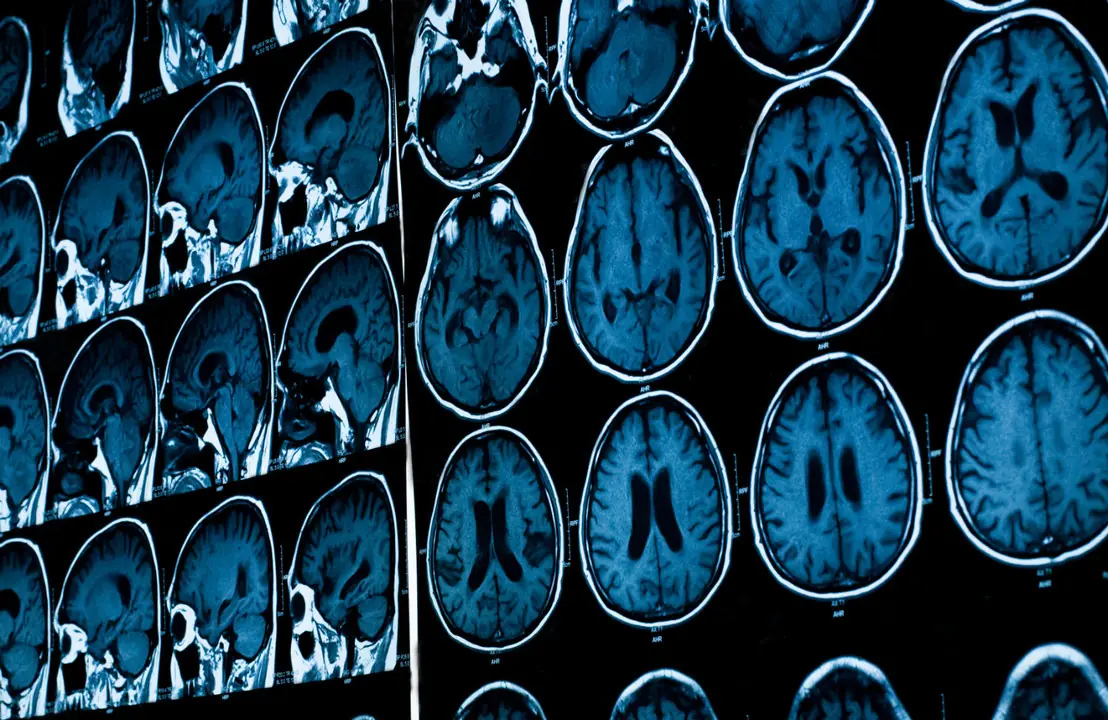
Alarming Discovery: High Aluminum Levels Found in Brains with Alzheimer's, Autism, and MS

First Human Trial Launched for Stem Cell Therapy to Reverse Spinal Cord Injuries
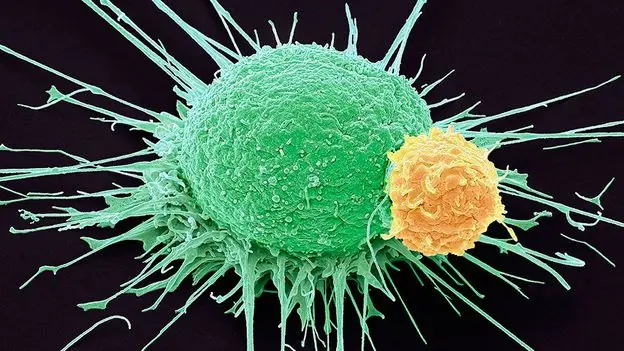
From Despair to Hope: Joe Tippens' Incredible Cancer Recovery Story with Fenbendazole

100-Year-Old Doctor Reveals: 7 Daily Habits to Help You Live a Healthy Life
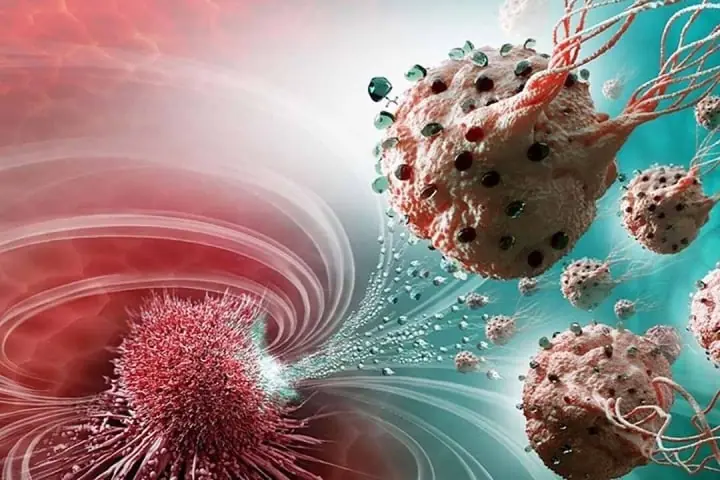
Diagnosed with Terminal Cancer, Preparing for the End – A Man’s Miraculous Survival Thanks to 3 Major Life Changes
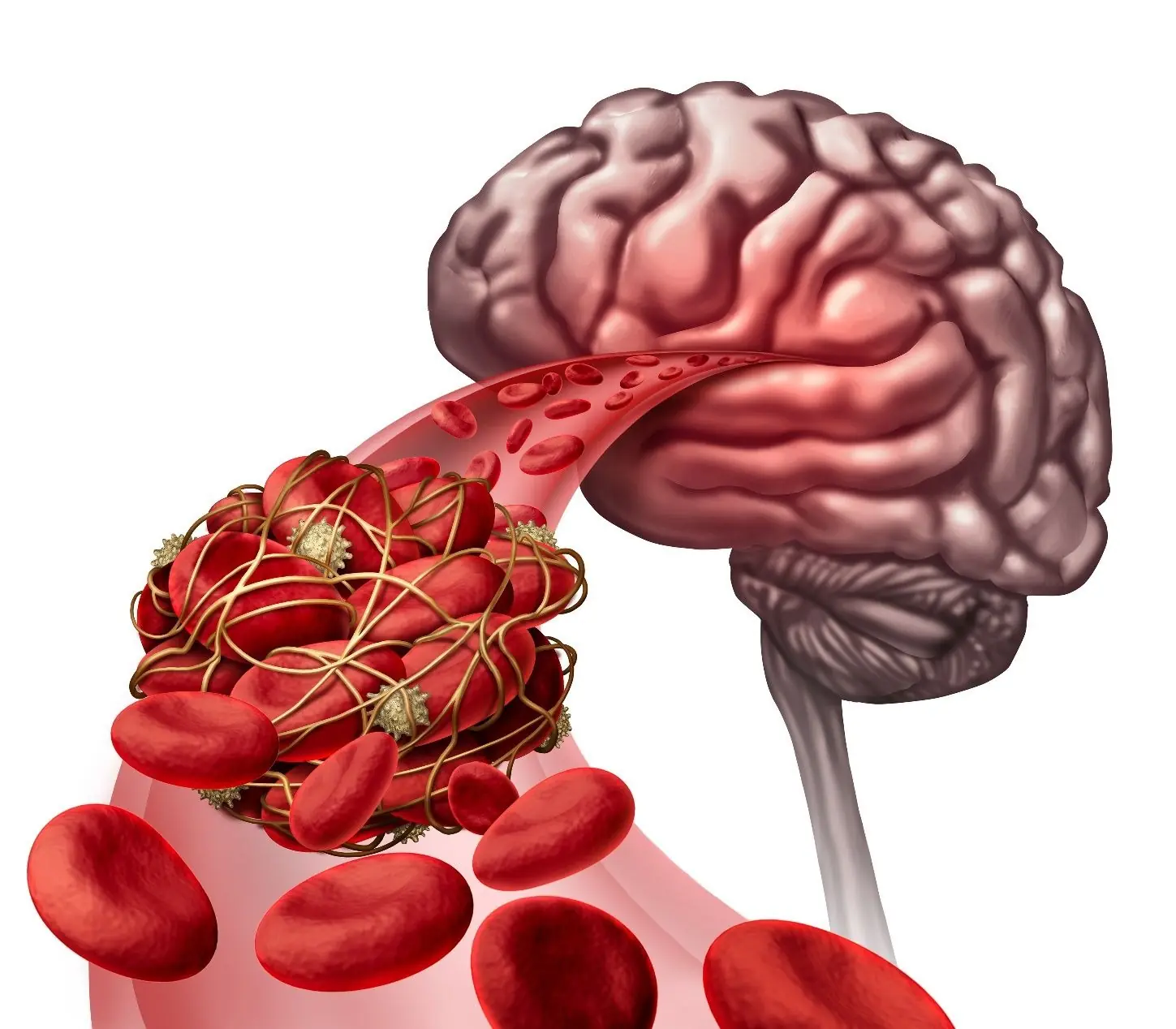
Warning signs of stroke 30 minutes before – remember them to save your life and your loved ones

Your Body's Silent Alarms: 9 Subtle Signals of a Heart Attack, Up to a Month Before It Strikes

31 Foods Experts Say You Should Avoid (Or Severely Limit)

Heart Surgeon Warns: 4 Foods and Drinks You Should "Always Avoid" to Protect Your Body

12-year-old girl dies of rare cancer—parents noticed worrying sign as she brushed teeth

Just Two Hours of Sitting in Silence May Spark Growth of New Brain Cells, Study Finds

Rising Kidney Failure in Young People: One Harmful Habit Many Are Unknowingly Practicing
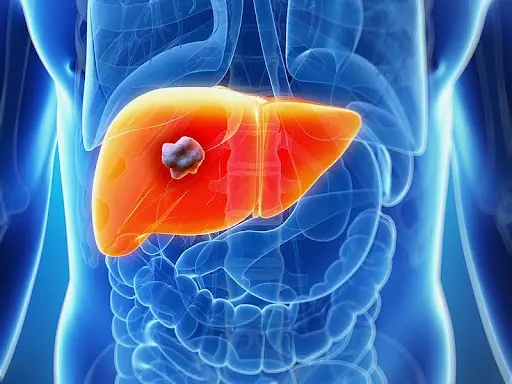
5 Early Signs of Liver Failure: Seek Medical Help Early to Prolong Life – Number 2 Is Especially Common
News Post

Notice These 4 Unusual Signs Before Sleep? Be Careful – They May Signal a Risk of Stroke

5-Year-Old Girl Diagnosed With Terminal Cancer: A Wake-Up Call for All Parents
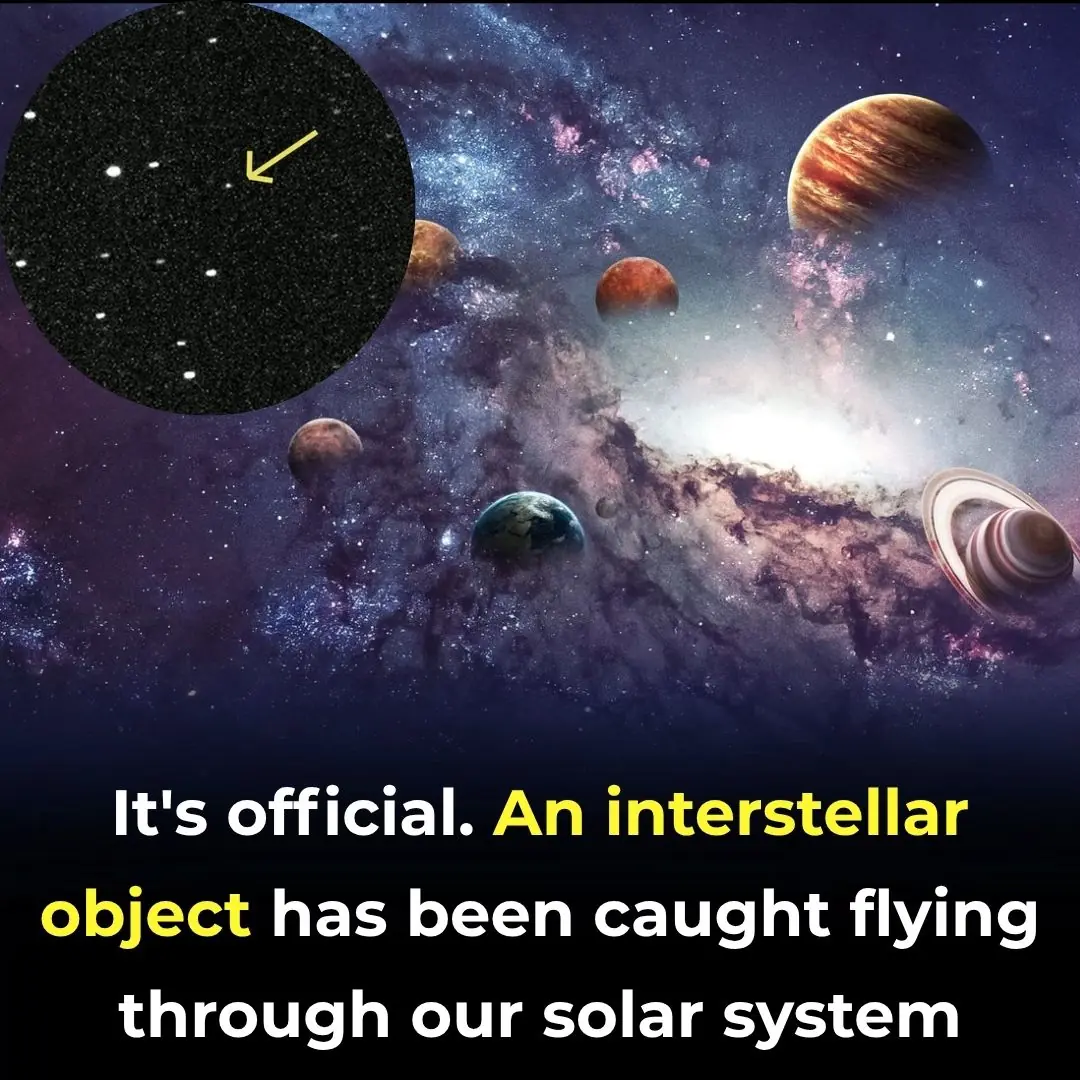
New interstellar comet 3I/ATLAS is hurtling through the solar system — and you can watch it live online today

HealthScientists Detect Microplastics In Reproductive Fluids—Potential Infertility Risk

Ancient Inscriptions Inside Great Pyramid Rewrite History Of Its Builders
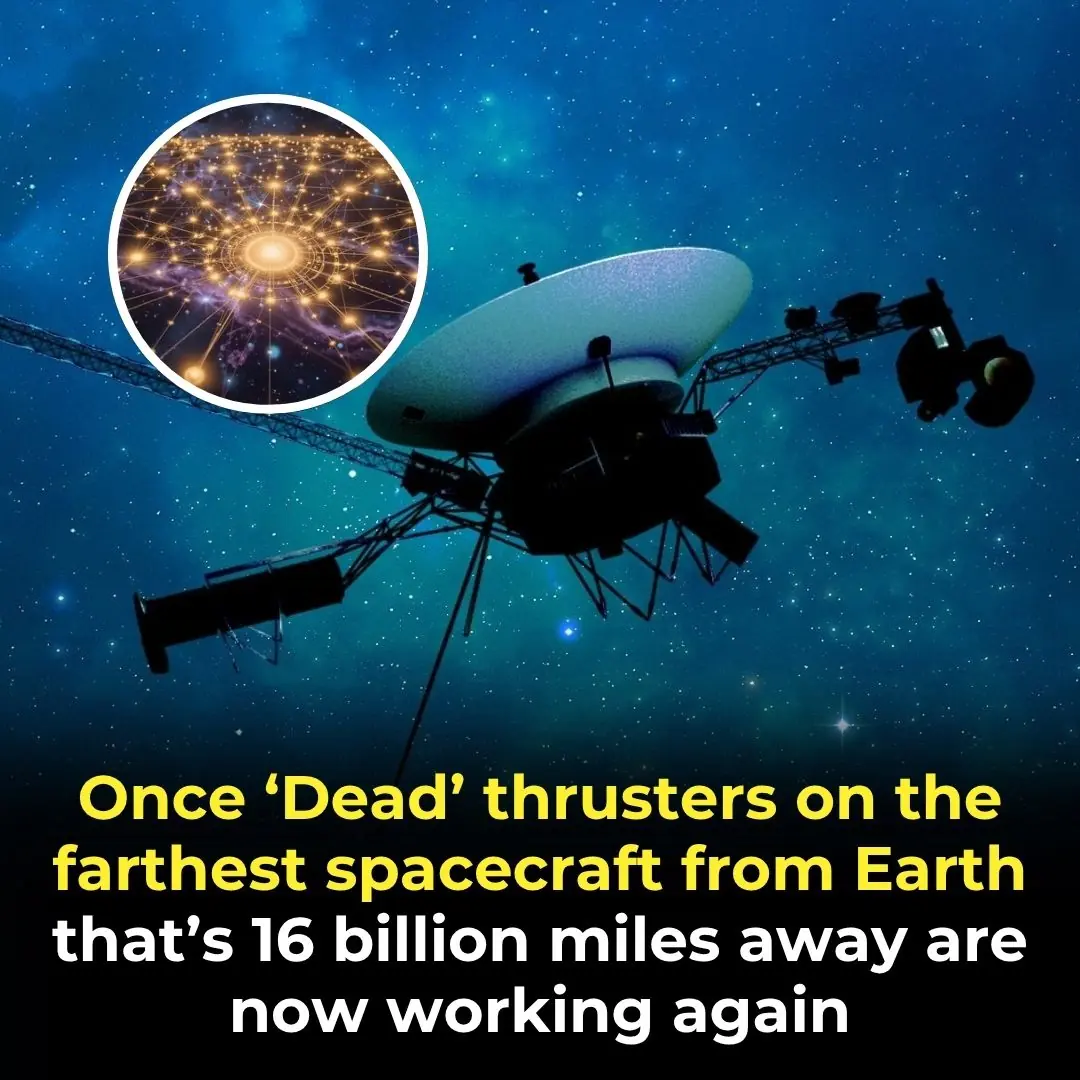
Once ‘Dead’ Thrusters On The Farthest Spacecraft From Earth That’s 16 Billion Miles Away Are Working Again

OpenAI’s Top Al Model Ignores Explicit Shutdown Orders, Actively Rewrites Scripts to Keep Running
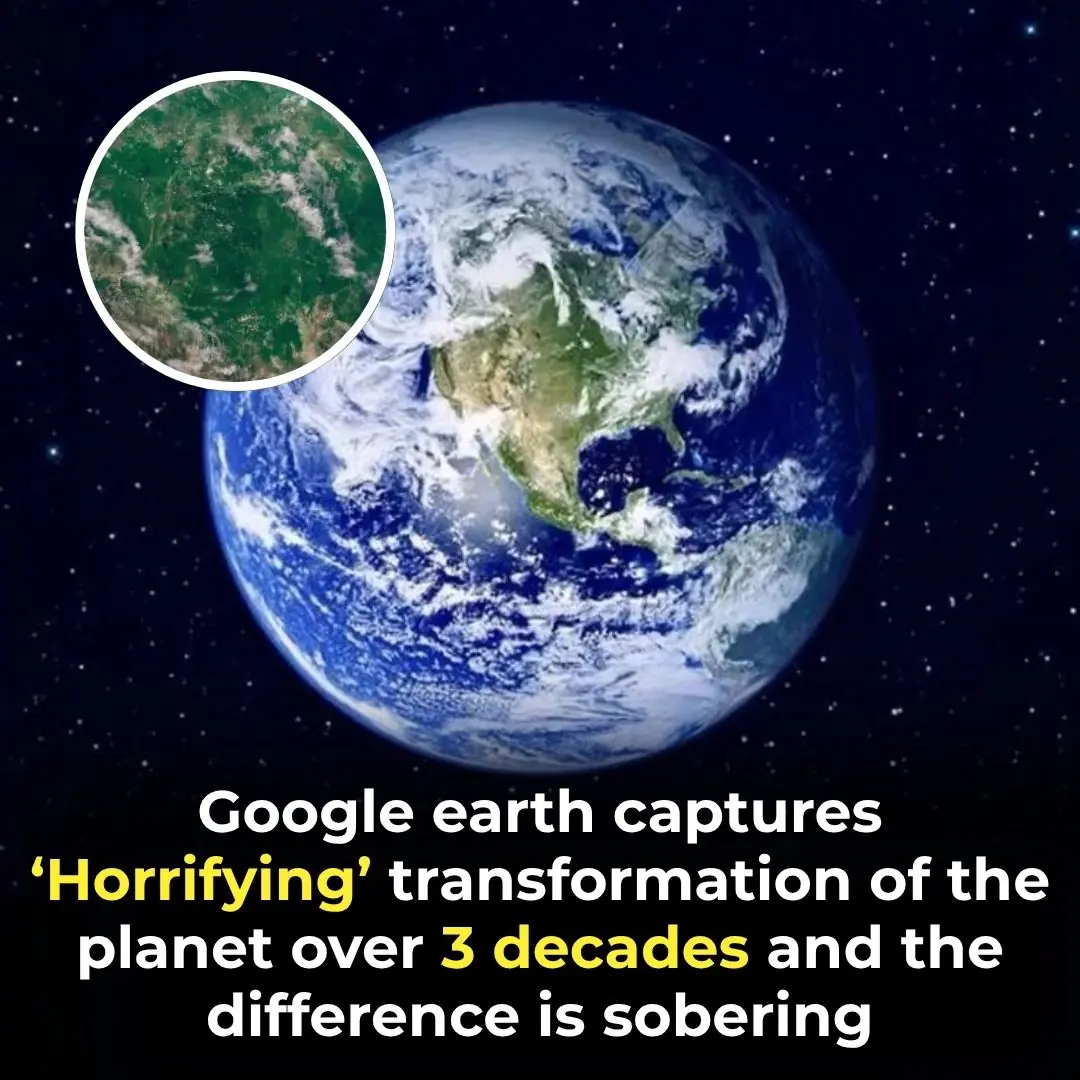
Google Earth Unveils Shocking 37-Year Transformation Of Our Planet

Marine Animal Shows Are Officially Banned in Mexico After Historic Legislative Vote

Denmark Pays Students $1,000 Monthly to Attend University, With No Tution Fees

Protect Your Home and Wallet: Unplug These 5 Appliances When You’re Done Using Them

Some People Still Think These Two Buttons Are Only For Flushing

Terrifying Study: Up to 30% of Americans Could Be Infected with Brain-Impacting Parasite

Itching in 9 Areas: A Warning Sign of Malignant Tumors, Number 7 Is the Most Common

Doctor's "Deeply Concerning" Warning After Man Injects Sperm to 'Cure Back Pain'

Non-Smoker Diagnosed with Lung Cancer Shares His Only 'Silent' Symptom

The Dark Year: What Made 536 So Devastating For Civilization

Alarming Discovery: High Aluminum Levels Found in Brains with Alzheimer's, Autism, and MS
